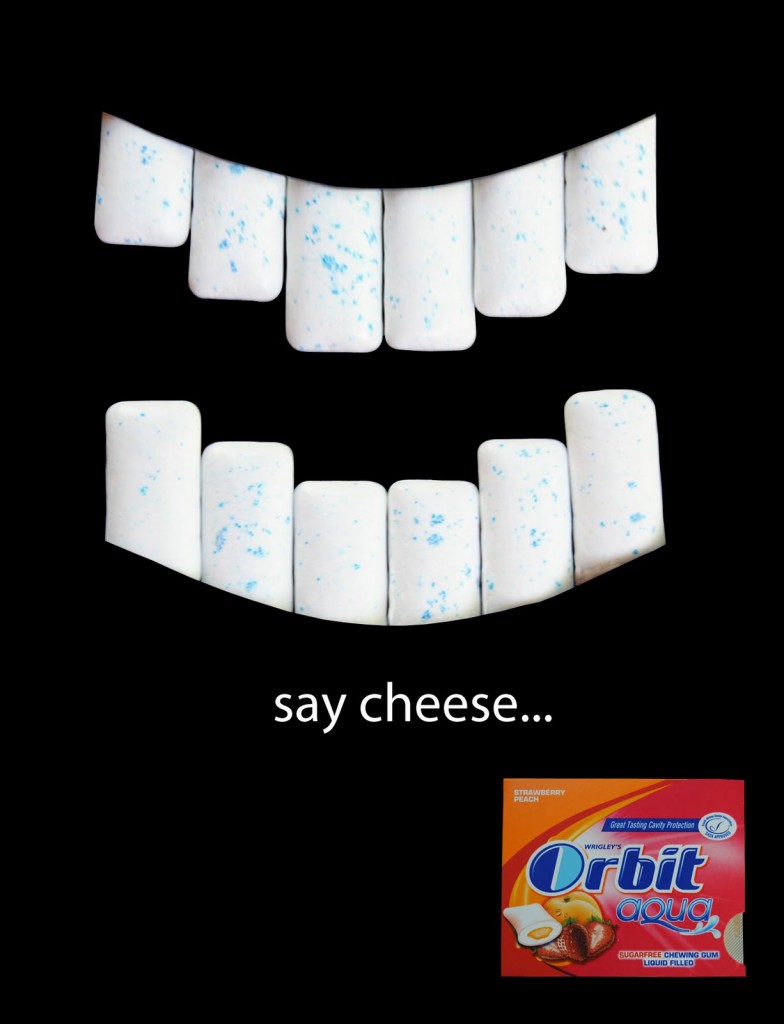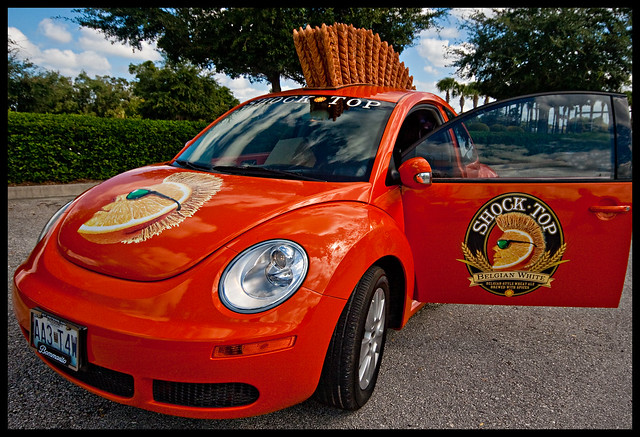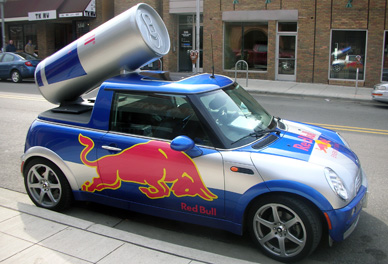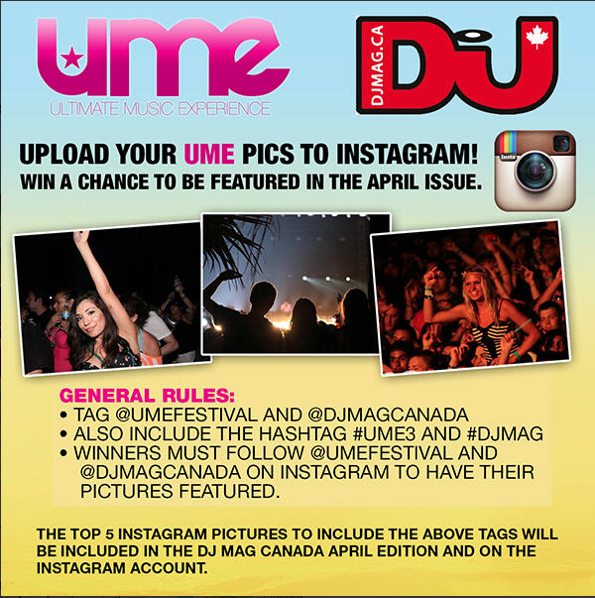Spring break is just around the corner!
As a college student, I can already feel the excitement among the student body at school. Everyone seems to be getting last minute papers, presentations, assignments and interviews done like machines. The idea of finally getting sleep, being able to relax and get some sun is what pulls us through.
While we’re hitting the books for the last few weeks of school, marketers and brands are working hard for spring break too!
Spring break is like a holiday for brands, because its an opportunity for them to reach large masses of college students (consumers :P).
While this is a great opportunity for marketers and brands, there’s still a challenge for each and every one of them: penetrate the clutter of advertising that is spring break.
In the past, advertising for spring break was done the good old fashion way. Brands would set up tables and tents and handout free samples.
In our new world of Web 2.0, social media, smart gadgets and tablets, college students aren’t responsive to traditional advertisements and strategies.
I feel like this is because college students now were born into the developing age of technology and aren’t responsive to how advertising is done on webpages on the internet, mobile devices and even commercials on the radio. College students can recognize traditional advertisement forms and styles and automatically are programmed to ignore it. This happens because they’ve already been exposed to similar advertisements over and over again to where sometimes it’s almost like we don’t notice them anymore!
This is where the present day solution for brands and marketers come in. The “trick” is to connect with college students in nontraditional ways, duh!
Creating advertisement campaigns that are experiential and engaging is the answer.
Instead of having ads that just give information through plain words, images, and free samples, marketers are welcoming spring breakers to engage in their advertising. To have engagement means getting consumers to participate in activities planned by brands and giving them opportunity to give feedback ALL while getting the free samples still! This gives college students the ability to learn more about new products through having interaction and a great experience with a brand. I don’t know about you, but when I’m on vacation whether it be christmas break, summer break, spring break, etc. time seems to go by slower because vacations are a time to chill out and relax. Marketers know this and that’s mainly why they come out to the sand and water to play during spring break. It’s a chill, fun, relaxing time that students tend to be more receptive to advertising.
I found a perfect example reading this headline of an experiential and engaging strategy used for this spring break!
In the wonderful city of Austin, TX is my university (St. Ed’s) and… SXSW!
SXSW is an annual music, film, and interactive conference held every year during spring break. This year, Doritos is literally “setting the stage” with a stage that looks like a giant vending machine where performances and concerts are to be held.
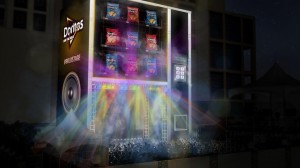
What makes this vending machine stage special, is not only the fact that it looks like a huge snack machine full of Doritos, but apparently attendees can control visuals from the stage, vote for performances, and connect via twitter. Sounds very interactive and engaging to me!
Unfortunately, I won’t be able to witness this huge vending machine stage along with all the SXSW goodness… but I am going back home to The Rio Grande Valley. I’ll be spending a a part of my spring break at South Padre Island for the annual Ultimate Music Experience featuring the best and brightest of electronic music with DJ’s like Calvin Harris, Flux Pavillion, Major Lazer and of course Tiesto.
I’ll be sure to keep my eyes peeled for all the engaging advertisements by brands that will be on South Padre Island–that is, if my skin doesn’t burn and peel first!

